Innovative Tube Boxes Revolutionizing Packaging Solutions for Sustainable Industries
In recent years, the packaging industry has witnessed a significant shift towards sustainable solutions, with innovative tube boxes emerging as a front-runner in this transformation. According to a report by Smithers Pira, the global sustainable packaging market is projected to reach $440 billion by 2026, indicating a robust demand for eco-friendly materials. Tube boxes, made from recyclable and biodegradable materials, not only align with consumer preferences for sustainability but also offer enhanced protection and functionality for products. Moreover, a study from the Sustainable Packaging Coalition highlights that over 70% of consumers prefer brands that utilize sustainable packaging solutions, underscoring the necessity for businesses to adopt tube boxes. This trend not only addresses environmental concerns but also presents significant market opportunities for companies willing to innovate their packaging strategies.
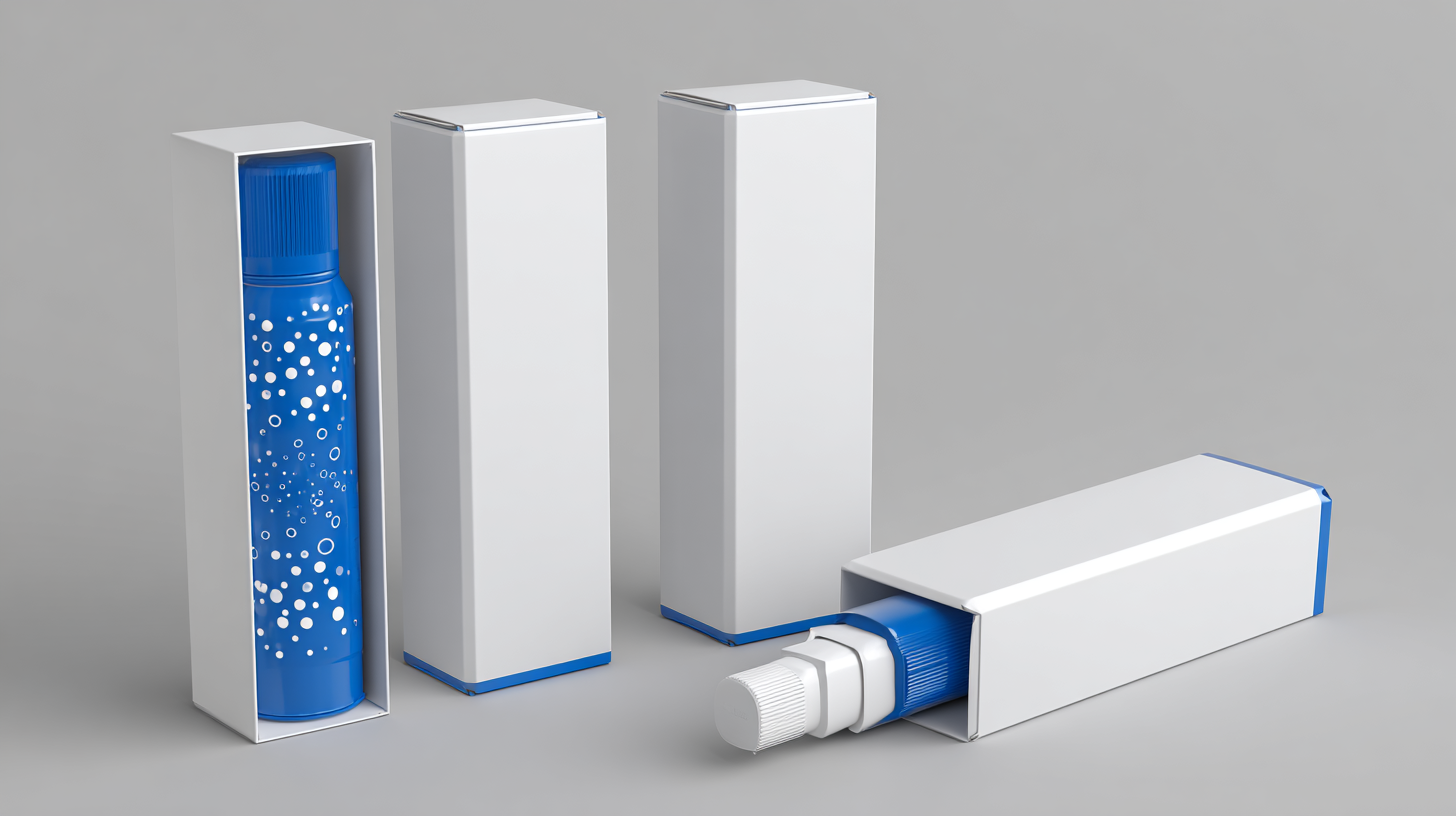
Emerging Trends in Tube Box Designs for Eco-Friendly Packaging Solutions
Emerging trends in tube box designs are paving the way for eco-friendly packaging solutions that align with the sustainability goals of various industries. Companies are increasingly opting for tube boxes made from recycled materials and biodegradable options that not only protect the product but also minimize their environmental impact. These innovations allow brands to communicate their commitment to sustainability while enhancing the aesthetic appeal of their packaging. More than just functional, modern tube boxes can be elegant and customizable, catering to different branding needs.
Tips for incorporating sustainable tube box designs include evaluating the source of your materials and considering lightweight options to reduce carbon footprint during transportation. Additionally, utilizing minimalist designs can lead to a reduction in waste, as less material is needed for each package. Finally, brands should aim to educate consumers about the recyclability of their packaging, encouraging responsible disposal and promoting a greener lifestyle. By staying ahead of these trends, businesses can not only enhance their product presentation but also contribute to a more sustainable future.
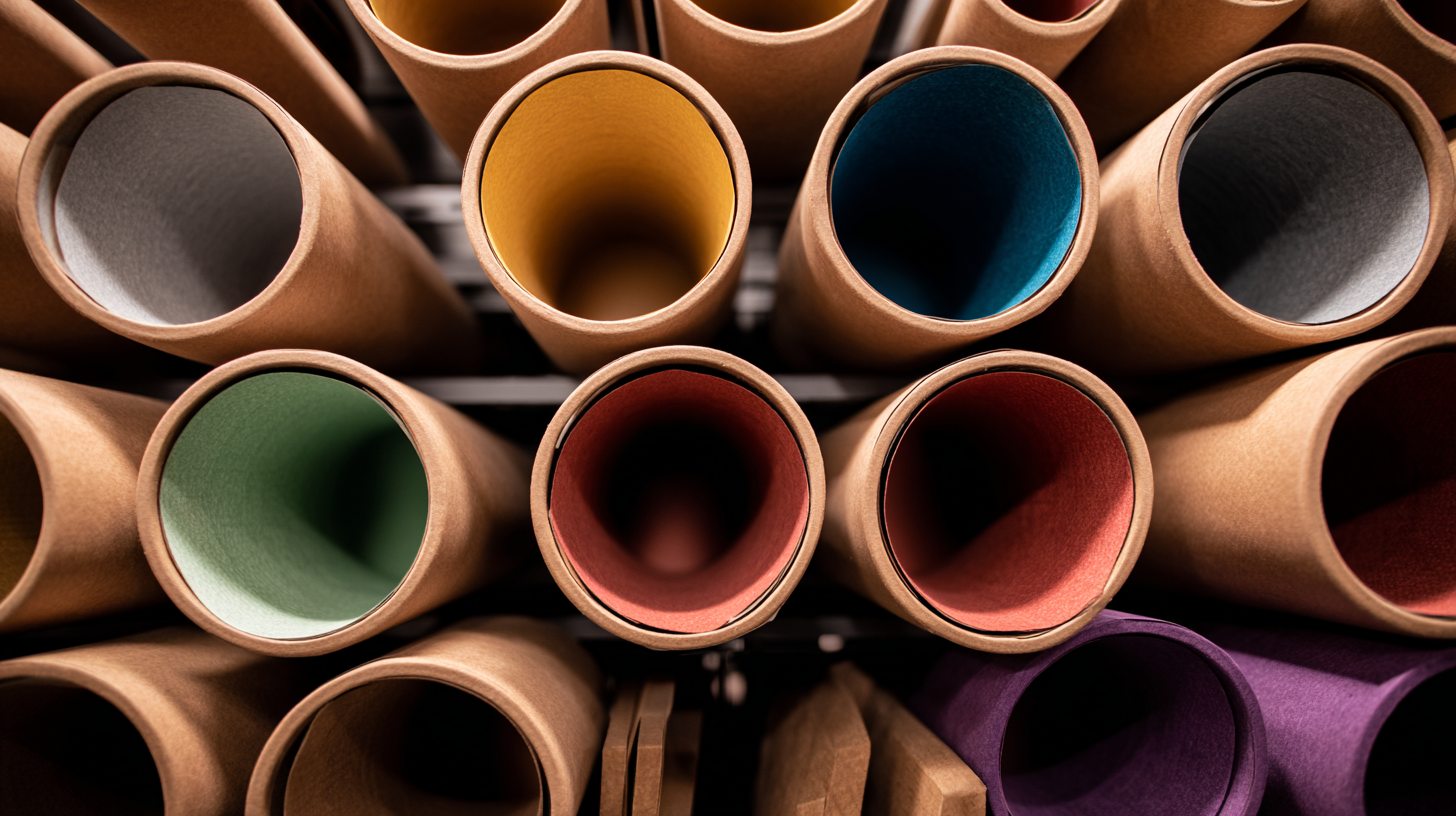
Key Materials Driving the Sustainability of Innovative Tube Boxes
The surge in environmental awareness is driving a significant shift towards sustainable packaging solutions, with innovative tube boxes leading the way. These eco-friendly packaging options utilize key materials that enhance sustainability and cater to the growing demand for environmentally-conscious products. As brands commit to reducing their carbon footprint, the adoption of tube boxes made from biodegradable and recyclable materials is becoming increasingly prevalent. This aligns with consumer preferences for packaging that is not only functional but also aligns with their values.
Moreover, the rise of the Packaging-as-a-Service (PaaS) model presents new growth opportunities within the market. The PaaS framework allows businesses to optimize their packaging processes, reducing waste and improving resource efficiency. As the market is projected to expand significantly by 2025, companies that embrace this innovative model will likely gain a competitive edge. With the focus on sustainable practices and materials, the evolution of packaging solutions continues to reshape how industries approach environmental responsibility.
Benefits of Tube Boxes: Enhancing Product Protection and Aesthetics
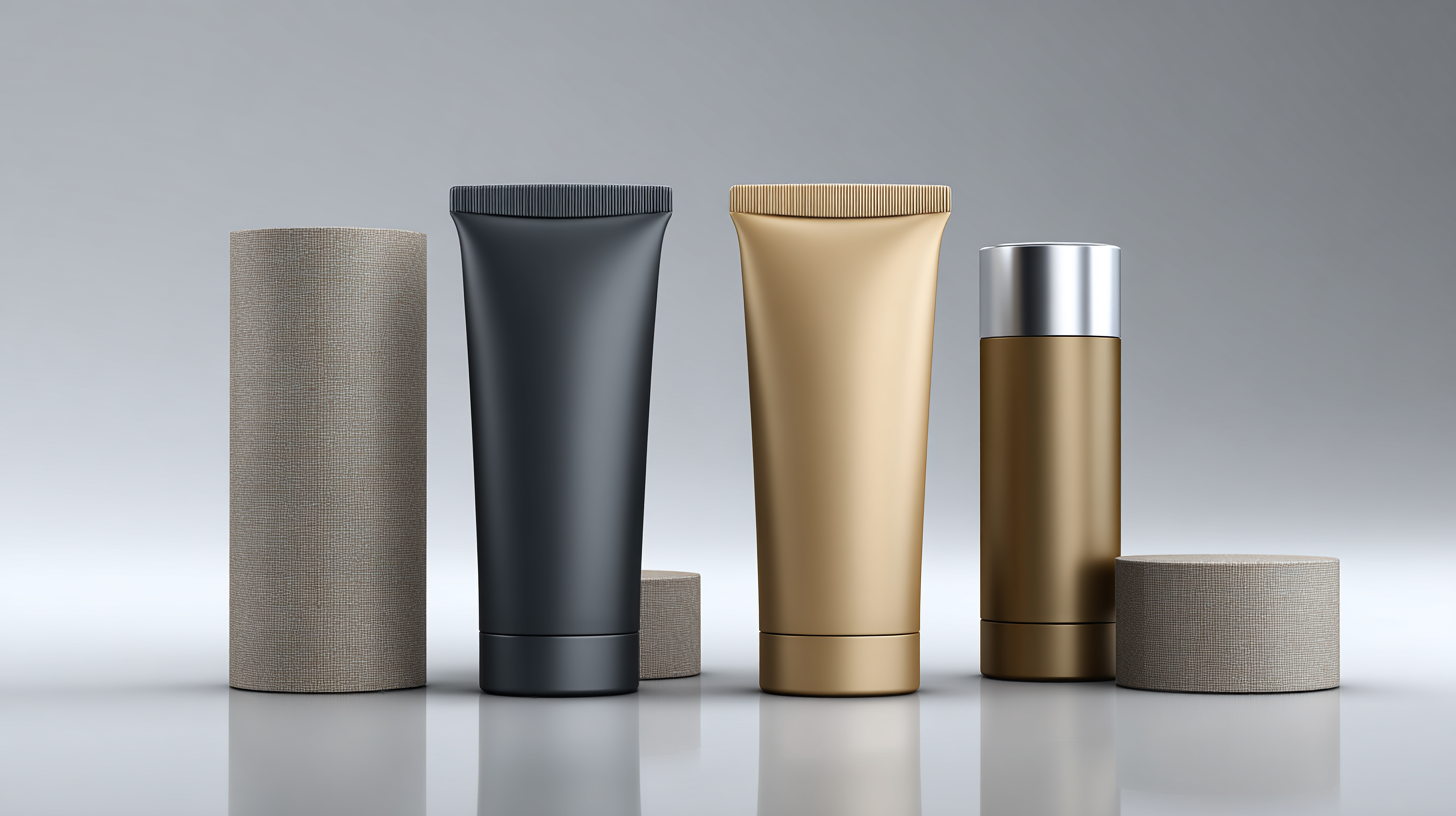 Tube boxes are rapidly emerging as a superior packaging solution, especially for industries striving for sustainability. Their design not only enhances product protection but also elevates the overall aesthetics of the products they encase. The cylindrical shape of tube boxes provides a sturdy enclosure that safeguards delicate items, from cosmetics to gourmet foods, preventing damage during transit and storage. Moreover, the innovative materials being used in tube box manufacturing cater to eco-friendly standards, further aligning with the values of environmentally conscious consumers.
Tube boxes are rapidly emerging as a superior packaging solution, especially for industries striving for sustainability. Their design not only enhances product protection but also elevates the overall aesthetics of the products they encase. The cylindrical shape of tube boxes provides a sturdy enclosure that safeguards delicate items, from cosmetics to gourmet foods, preventing damage during transit and storage. Moreover, the innovative materials being used in tube box manufacturing cater to eco-friendly standards, further aligning with the values of environmentally conscious consumers.
Aesthetically, tube boxes offer a versatile canvas for creative branding and design. They can be easily customized with unique graphics, textures, and colors that resonate with target audiences, much like how independent illustrators have shaped the visual identity of Japan's underground music culture. The striking appearance of tube boxes can capture attention on retail shelves, providing a visual appeal that enhances product desirability. This combination of aesthetic innovation and protective functionality is setting a new standard in packaging, making tube boxes an ideal choice for modern brands seeking to make a lasting impression while prioritizing sustainability.
Case Studies: Successful Implementation of Tube Boxes in Various Industries
The transition towards sustainable packaging has gained significant momentum across various industries, with innovative tube boxes emerging as a pivotal solution. A recent report from the Sustainable Packaging Coalition highlights that more than 64% of consumers are willing to pay more for sustainable packaging options, driving companies to adopt environmentally friendly materials. Tube boxes, made from recyclable and biodegradable materials, have proven effective in sectors ranging from cosmetics to food and beverages, demonstrating their versatility and appeal.
Case studies illustrate the successful implementation of tube boxes in different markets. For instance, a leading cosmetic brand adopted tube boxes for their skincare line, resulting in a 30% reduction in packaging waste while enhancing the unboxing experience for customers. Similarly, a beverage company transitioned to tube boxes for their new line of organic juices, reporting a 25% increase in sales attributed to their eco-friendly packaging strategy. These examples underscore how tube boxes not only align with consumer preferences for sustainability but also contribute to increased brand loyalty and market share in competitive industries.
Impact of Innovative Tube Boxes on Waste Reduction in Various Industries
Tips for Brands: Transitioning to Tube Boxes for Sustainable Packaging
As the demand for sustainable packaging solutions grows, brands are increasingly turning to innovative tube boxes. According to a recent report by Smithers Pira, the global sustainable packaging market is projected to reach $500 billion by 2024, driven by both consumer preference and regulatory pressures. Transitioning to tube boxes can significantly enhance a brand’s environmental profile, as these containers are often made from recyclable materials and can reduce waste compared to traditional packaging.
For brands considering this transition, there are several key tips to ensure success. First, it's essential to conduct a comprehensive analysis of the supply chain to identify opportunities for integrating tube boxes. A study from the Environmental Protection Agency (EPA) highlights that adopting a circular economy approach can lead to a 50% reduction in packaging-related emissions. Secondly, brands should focus on educating consumers about the benefits of using tube boxes. Engaging with customers through social media campaigns and informative packaging can help raise awareness and drive adoption. By positioning tube boxes as a forward-thinking choice, brands can not only meet consumer expectations but also contribute positively to global sustainability efforts.
Innovative Tube Boxes Revolutionizing Packaging Solutions for Sustainable Industries
| Dimension | Value |
|---|---|
| Material Type | Recycled Paperboard |
| Weight | 50 grams |
| Dimensions (L x W x H) | 15cm x 5cm x 5cm |
| Eco-Friendly Certification | FSC Certified |
| Biodegradability | Compostable within 90 days |
| Usage Scenarios | Cosmetics, Food, Health Products |
| Cost per Unit | $0.50 |
| Market Demand Growth (Year-on-Year) | 15% |
Related Posts
-

Exploring Unique Alternatives to Traditional Tube Boxes for Your Packaging Needs
-
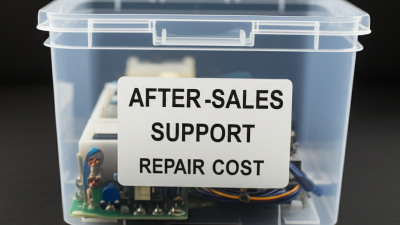
How to Maximize After-Sales Support and Minimize Repair Costs with the Best Clear Boxes
-

What are the Benefits of Using Plastic Containers in Everyday Life
-
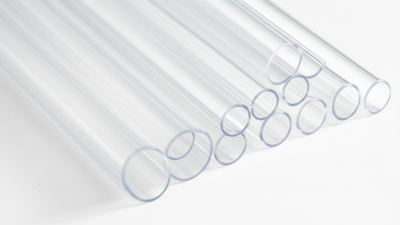
5 Essential Tips for Choosing the Right Clear Plastic Tube for Your Project
-
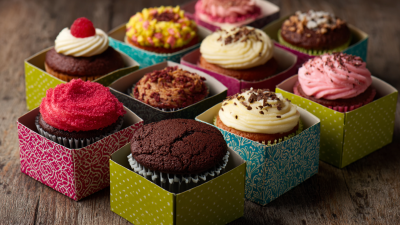
Creative Ideas for Best Cupcake Packaging That Stand Out
-
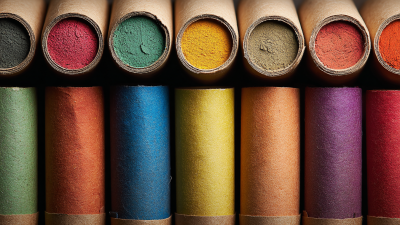
Future Trends in Best Poster Tubes Market Analysis for 2025 with Key Industry Insights
